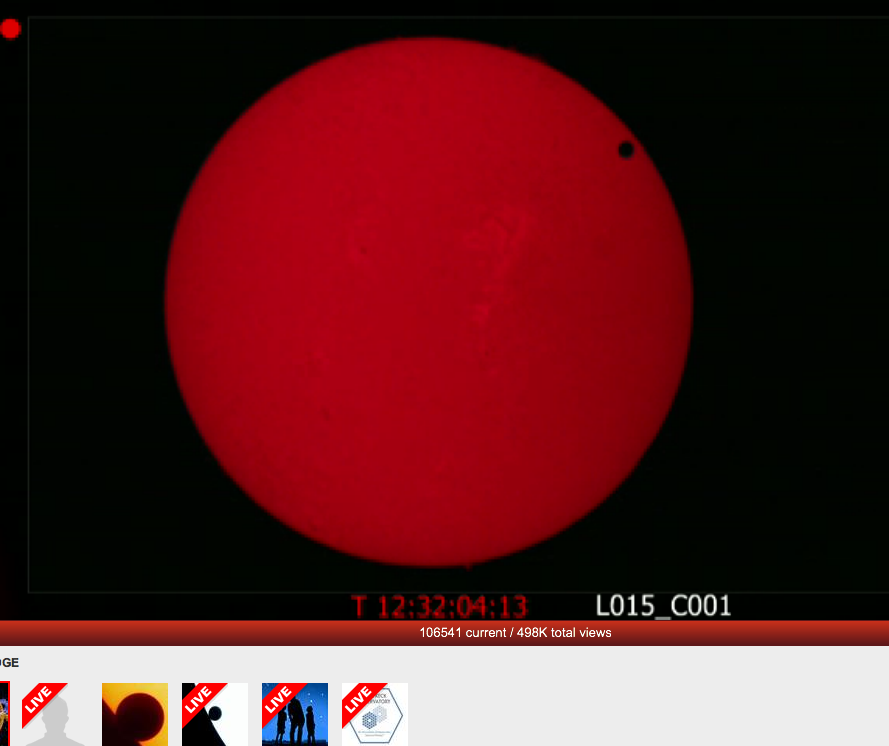Discordant Redshift Associations

Observing in urban environments and when it gets you into trouble!
June 8, 2009
Mickey Mouse and Arp 155
June 20, 2009Another day, another association found, I woke up at 2am this morning and after realiasing that I had left my computer on processing lots of data and in the process nearly blowing it up by letting it over heat, (poor laptop) I realised I had an email from a colleague who suggested I take a look at some measurements of redshifts in interacting galaxies. So, trundelling through the nasa extragalactic database I take a look at the Antennae system to discover a QSO smack in the middle of its nucleus. Now, this is something extraordinary, as this QSO had been discovered in 2005 and had its spectral measurements confirmed with the Keck telescope. What’s interesting is its position is in the middle of a low redshift galaxy and new X-ray measurements from the Chandra Observatory depict an X-ray outflow overlying the optical position of the QSO, indicating a physical feature of the Antennae nucleus.
Fair enough some people might say, its a background object thousands of kilometres away, or is it?
A paper produced by Geoffrey Burbidge, Halton Arp and co. found a QSO in the centre of a galaxy in the Stephan’s Quintet Group in the same year, and with more and more discordant high redshift associations being found to be associated with low redshift galaxies, our view of galaxy formation and perception of Doppler redshift is in drastic need of revision!
- QSO in the heart of NGC 4039 – a low redshift galaxy!




1 Comment
This is a very interesting find. I looked for any papers dealing with this, and there’s Clark et al. (2005) discussing this object:
http://adsabs.harvard.edu/cgi-bin/bib_query?2005ApJ…631L.109C